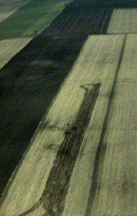
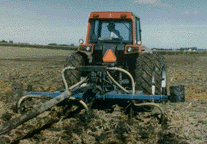
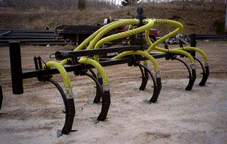
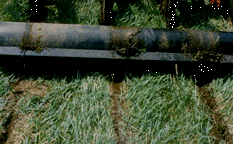




 "Use of Sludge in the US"...
"Use of Sludge in the US"...
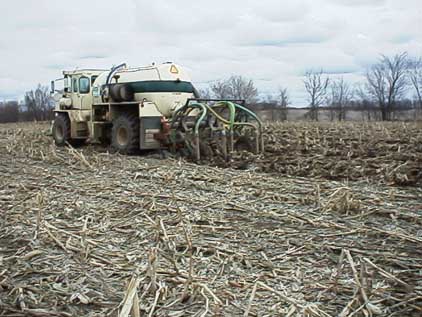
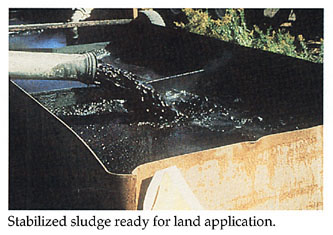
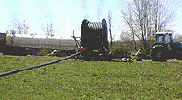
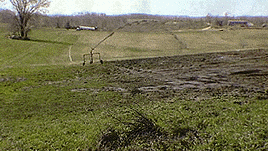

|
|
|
|---|---|
| Element / Metal | ppm |
| Nitrogen 1 | 2.6 |
| Phosphorus 1 | 1.6 |
| Potassium 1 | 0.2 |
| Lead | 335.0 |
| Zinc 1 | 1,750.0 |
| Copper 1 | 475.0 |
| Nickel | 37.0 |
| Cadmium | 11.0 |
| Chromium | 380.0 |
| Mercury | 5.0 |
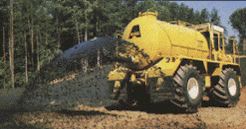 |
 "Sludge Application Rates"...
"Sludge Application Rates"...
 "Soil Limitations"...
"Soil Limitations"...
 "Design Based on Pollutant Loading"...
"Design Based on Pollutant Loading"...
 "Design Based on Nitrogen Limitation"...
"Design Based on Nitrogen Limitation"...
 "Design Based on Phosphorus Limitation"...
"Design Based on Phosphorus Limitation"...
|
 "Compost Production for Agricultural Use"...
"Compost Production for Agricultural Use"...
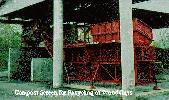
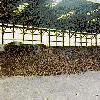

 "Fluizied Bed Incineration"...
"Fluizied Bed Incineration"...




